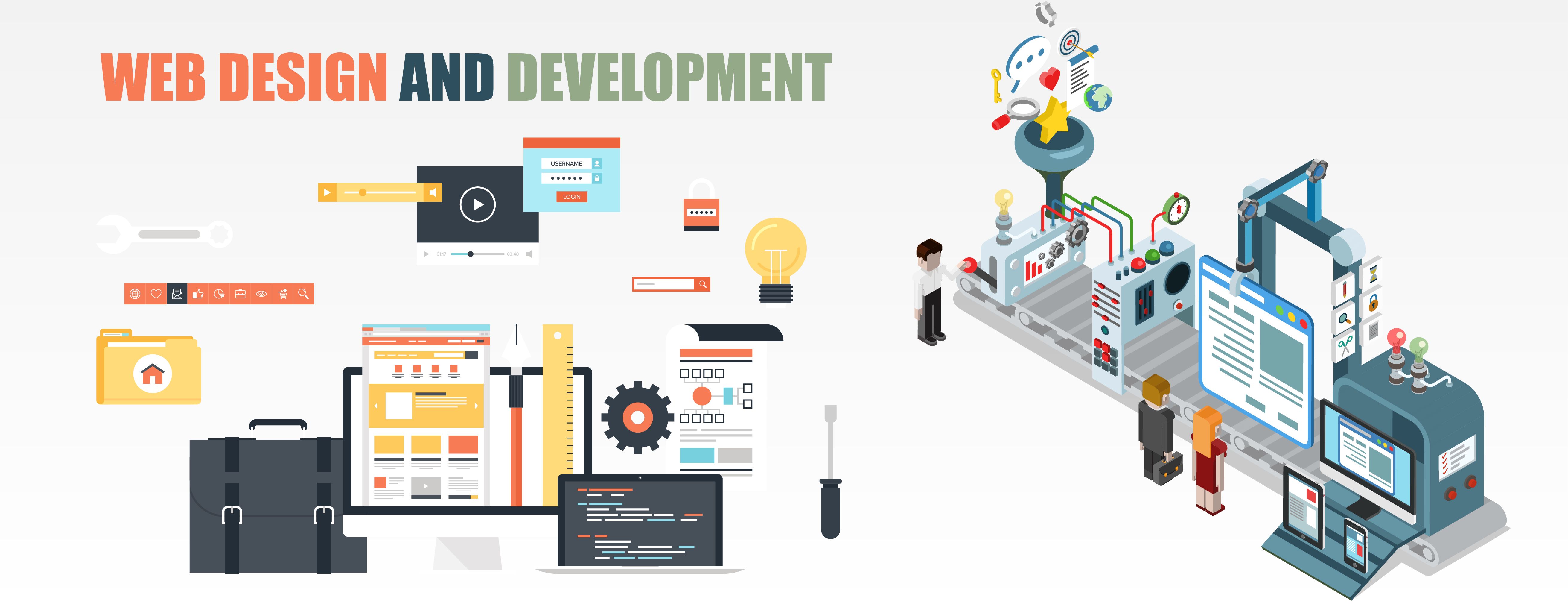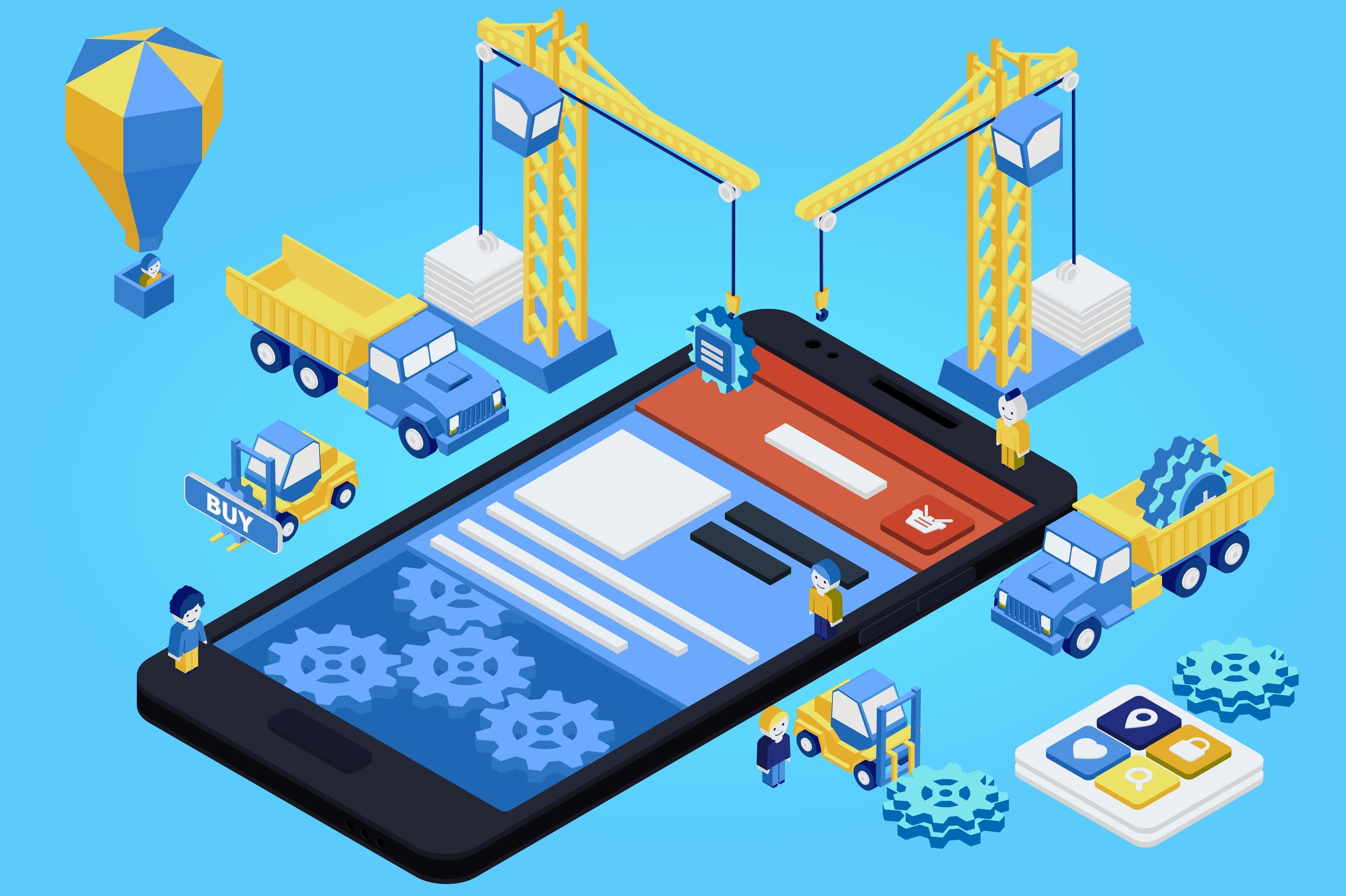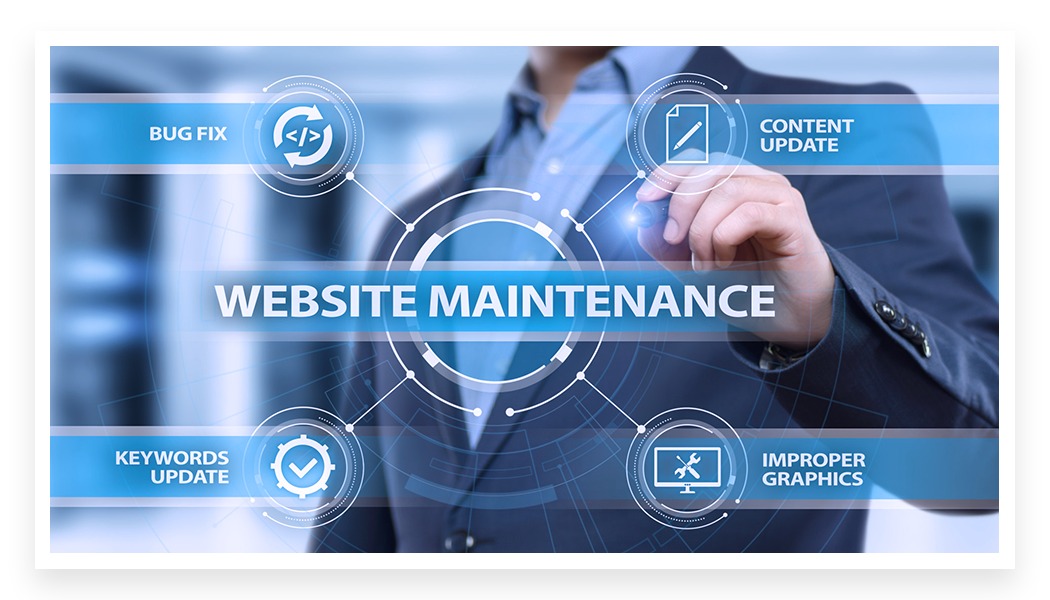#1. Website design and Development
In today's digital age, having an online presence is essential for any business or organization. A website is often the first point of contact that potential customers or clients have with a company, and it's important to make a good first impression. This is where web design and development come in.

Web design and development services encompass a wide range of activities related to the creation and maintenance of websites. These services typically include graphic design, user experience (UX) design, front-end development, back-end development, content creation, search engine optimization (SEO), and maintenance and updates.
Front-end development is the process of using programming languages such as HTML, CSS, and JavaScript to create the user interface (UI) of a website. Front-end developers are responsible for making sure that a website looks and functions as intended in a web browser.
Back-end development is the process of using programming languages such as PHP, Python, or Ruby to create the server-side logic of a website. Back-end developers are responsible for the overall functionality of a website, such as the database and API.
#2. Custom Web Application Development
A Custom Web Application, also known as a custom web app, is a software application that is developed specifically for a particular organization or business. It is designed to meet the unique needs and requirements of that organization, as opposed to a generic, off-the-shelf application.

Custom web applications are typically built using web development languages and frameworks such as JavaScript, Python, Ruby, or PHP, and can be run on a web server and accessed through a web browser. They can range from simple applications that automate a single task, to complex systems that integrate with other software and platforms.
There are a few benefits of having a custom web application. A custom web app can be tailored to specific business needs and processes, providing a more efficient and effective solution compared to using off-the-shelf software. Custom web applications can be integrated with existing systems and platforms, allowing for streamlined workflow and data flow. Additionally, they can be easily scaled as the needs of the business change, and support and maintenance can be carried out in-house, which can be more cost-effective.
In summary, a custom web application is a software that is designed and developed to meet the specific needs of an organization or business, rather than using a pre-existing, off-the-shelf software. It provides unique solutions that can be tailored to meet the business requirements. However, it can be a costly and time-consuming process that requires a significant investment and a team of developers with specific skill set.
#3. E-commerce solutions
An e-commerce solution is a software or platform that allows businesses to sell products or services online. This typically includes features for managing inventory, processing payments, and handling shipping and taxes. Many e-commerce solutions are available in the market, ranging from basic payment processing options to full-featured, enterprise-level platforms.

These platforms offer a wide range of features, such as:
- Product management: Allows businesses to add, edit and organize products, set prices and handle inventory
- Order management: Allows businesses to manage and fulfill customer orders, process payments and handle shipping
- Marketing and SEO: Includes tools for creating promotions, coupons, and improving search engine rankings
- Analytics: Provides data and reports that help businesses track their sales and website performance
- Shopping Cart and Checkout: Provides a shopping cart feature to keep track of customer’s purchase and allows customer to checkout with their purchase.
One of the main benefits of using an e-commerce platform is that it can be relatively easy to set up and start selling products online, even for businesses that don’t have a lot of technical expertise. Many e-commerce platforms also offer a variety of free and paid templates, which can be used to create a professional-looking online store quickly. Additionally, these platforms are constantly updating and expanding their features, providing ongoing support and keeping up with industry trends.
Overall, an e-commerce solution is a convenient way for businesses of all sizes to sell products and services online, with the added benefits of security, ease of use and scalability. Businesses should weigh the pros and cons, and evaluate their specific needs before deciding which e-commerce solution is right for them.
#4. Mobile App Developemnt
Mobile app development is the process of creating software applications that run on mobile devices such as smartphones and tablets. This can include both native apps, which are built specifically for a particular mobile platform (such as iOS or Android), and cross-platform apps, which are built using frameworks or tools that allow them to run on multiple platforms.

Mobile app development typically involves a number of stages, such as:
- Planning: This involves identifying the problem or need that the app will address, as well as the target audience and key features of the app.
- Design: This involves creating wireframes and mockups to visually represent the layout and functionality of the app. This includes the user interface (UI) and user experience (UX) design.
- Development: This involves writing the code for the app, using programming languages and frameworks specific to the chosen mobile platform.
- Testing: This involves testing the app to ensure that it works correctly and that it meets the needs of the target audience. This includes functional testing, usability testing, and performance testing.
- Deployment: This involves submitting the app to app stores ( such as Apple App Store or Google Play Store) and making it available to users for download.
In summary, Mobile App Development is the process of creating software applications for mobile devices such as smartphones and tablets. It can be a complex and time-consuming process that requires a significant investment, but it provides businesses with a convenient way to reach new customers, and access new revenue streams. Businesses should carefully evaluate their needs and budget before committing to a mobile app development project.
#5. Website Maintenance and Support
Website maintenance and support is an ongoing process that is essential to keep a website running smoothly, secure and up-to-date. It helps to ensure that the website remains accessible to users, is consistent with the current design and technology trends, and it is able to achieve its intended goals. Moreover, it can also help a business to identify potential issues, and to make decisions on how to improve the website over time.

Website maintenance and support refers to the ongoing upkeep and management of a website after it has been launched. This can include a variety of tasks such as:
- Updates: Updating the website's content, images, and other elements to keep it current and accurate. This can also include updating the website's code to ensure that it remains compatible with the latest web technologies and to fix any bugs or security vulnerabilities that may have been discovered.
- Security: Securing the website against hacking attempts, malware, and other types of cyber attacks. This can include implementing security measures such as SSL certificates, firewalls, and regular backups.
- Performance monitoring: Monitoring the website's performance to ensure that it is running smoothly and that it is accessible to users. This can include monitoring website uptime, load times, and error rates, and addressing any issues that arise.
- Technical support: Providing assistance to website visitors or customers who may have technical issues, questions, or problems with the website. This can include setting up support tickets, email or phone support, or a live chat function.
- Analytics: Reviewing and analyzing website traffic data, tracking user behavior and generating reports on website performance, search engine optimization, user experience and other related metrics.
In summary, website maintenance and support are essential to keep a website running smoothly, secure and up-to-date, it can be done in-house or by third-party providers. It includes tasks such as updates, security, performance monitoring, technical support and analytics, it can help a business to identify potential issues, and to make decisions on how to improve the website over time.
Leave a comment